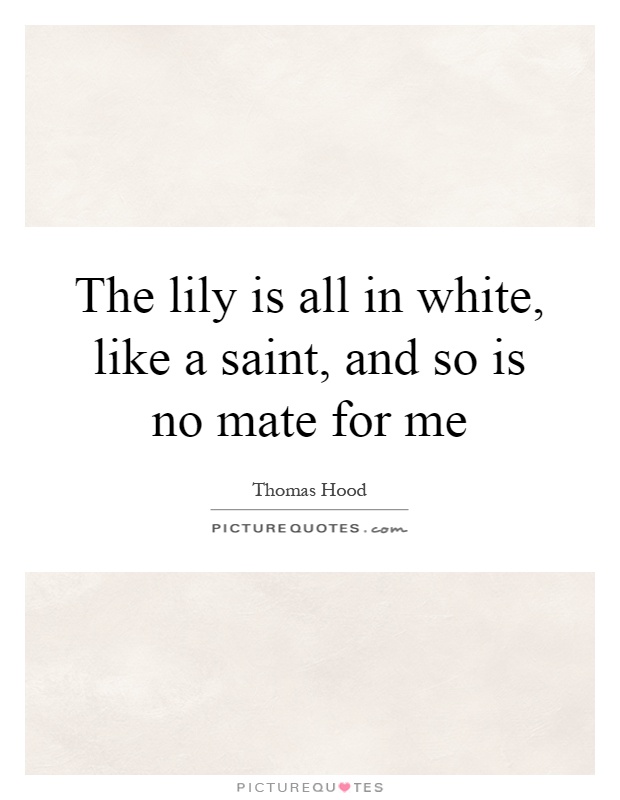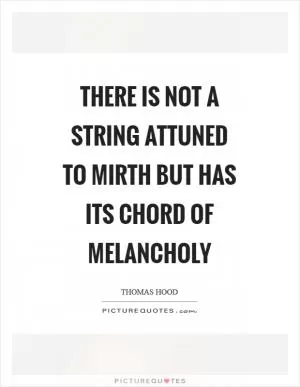The lily is all in white, like a saint, and so is no mate for me

The lily is all in white, like a saint, and so is no mate for me
Thomas Hood was a renowned English poet and humorist known for his witty and satirical works. In his poem "The Lilies," Hood uses the line "The lily is all in white, like a saint, and so is no mate for me" to convey a sense of longing and unattainability.The lily, often associated with purity and innocence, is described as being "all in white, like a saint." This imagery suggests a sense of perfection and unattainable beauty, much like a saint who is revered and untouchable. The speaker acknowledges that the lily is too pure and perfect to be a suitable companion for them, as they see themselves as flawed and imperfect in comparison.
The use of the word "mate" in this context can be interpreted in a romantic sense, suggesting that the speaker feels unworthy of the lily's beauty and purity. The lily is elevated to a higher status, like a saint, while the speaker sees themselves as unworthy of such a pure and perfect companion.
Hood's use of imagery and symbolism in this line conveys a sense of longing and unattainability. The speaker recognizes the beauty and purity of the lily, but also acknowledges that they are not deserving of such a perfect mate. This sense of longing and unattainability adds depth and complexity to the poem, as the speaker grapples with their own feelings of inadequacy and unworthiness.
Overall, Hood's use of the line "The lily is all in white, like a saint, and so is no mate for me" in the context of "The Lilies" conveys a sense of longing, unattainability, and self-awareness. The speaker recognizes the beauty and purity of the lily, but also acknowledges their own flaws and imperfections, making the lily an unattainable ideal. This line adds depth and complexity to the poem, inviting readers to reflect on themes of beauty, perfection, and self-worth.












 Friendship Quotes
Friendship Quotes Love Quotes
Love Quotes Life Quotes
Life Quotes Funny Quotes
Funny Quotes Motivational Quotes
Motivational Quotes Inspirational Quotes
Inspirational Quotes